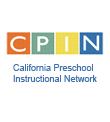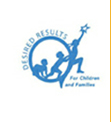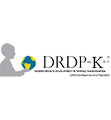Home | Assessing Dual Language Learners | Child's Language Not Spoken in Classroom
Child's Language Not Spoken in Classroom
Partner with Families:
- Provide an interpreter when working with families who don’t speak English.
- Inquire about children’s language experiences and usage. (Espinosa, 2010)
- Develop an understanding of families’ values, customs, and expectations for children. (Espinosa, 2010)
- Use an informal language assessment in the home to assess the child’s first language development.
-
- Bring a bilingual colleague to assist or, with parental permission, audiotape the interactions and have a bilingual colleague interpret.
- When a bilingual individual is not available to assist, observe the fluidity of the communication with the family. (Tabors, 2008)
In the Early Childhood Setting:
- Learn about second language development process and stages.
- Observe dual language learners over time in multiple contexts (Espinosa, 2010); be sure to record what language(s) were used by each child and adult.
- In play situations, notice the amount of time the child spends engaged in the play. Consider whether the child has a plan for play, if and how he/she engages with others. (Nemeth, 2009).
- Use a tape recorder to capture language during meal times and other activities to document language development over time. (Nemeth, 2009)
- Seek opportunities to observe abilities children demonstrate without using language:
- When a child sorts a collection of items by colors, he demonstrates an understanding that the colors are distinct and separate from each other. (Tabors, 2008)
- If a child helps another child put something away, he demonstrates appropriate social behavior without using language. - Develop a series of language-free assessments focused on cognitive, social-emotional and physical development. (Tabors, 2008)
- Utilize instructionally embedded assessment. (McLaughlin, Blanchard & Osanai, 1995, as cited in Tabors, 2008)
Read more about:





